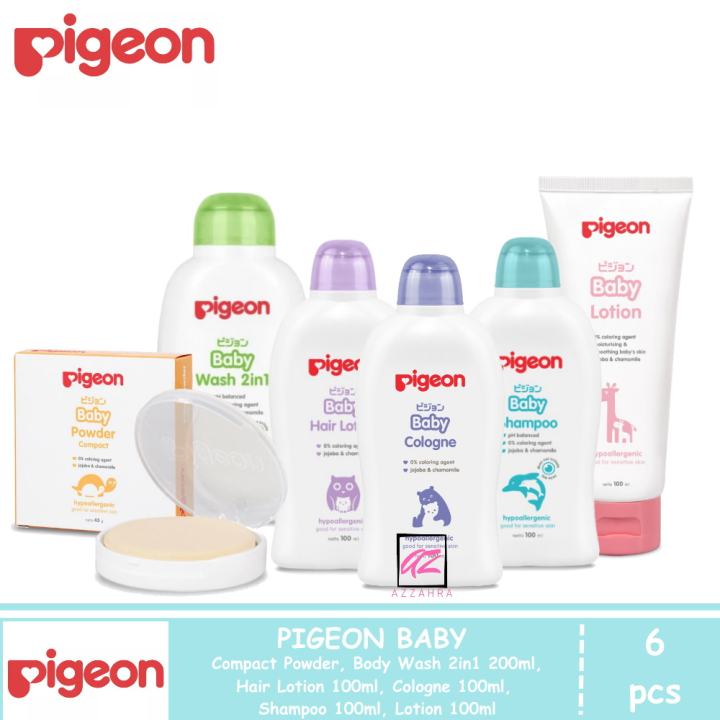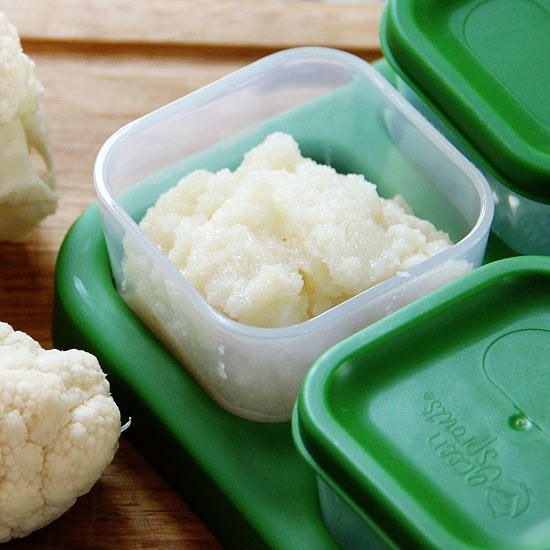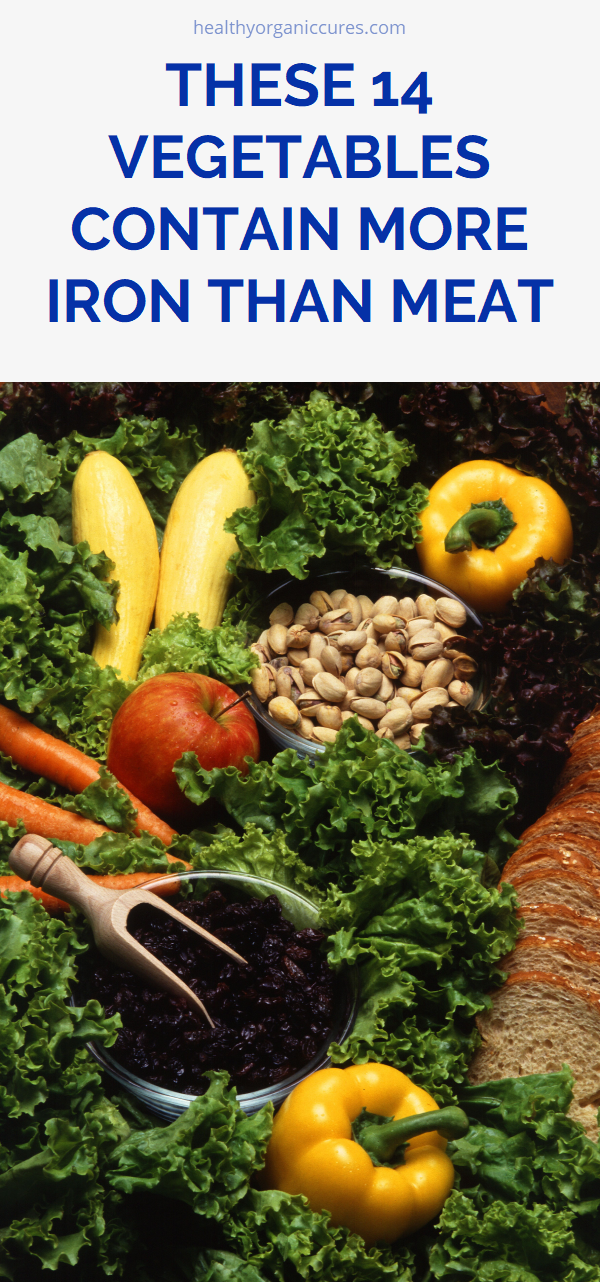How to cook a butternut squash for baby food
Butternut Squash Baby Food (Stage One)
This homemade Roasted Butternut Squash Baby Food Puree recipe not only contains calcium, folate, fiber, and vitamins A and C, but it is also a deliciously smooth way to introduce butternut squash to your baby! It’s a great Stage 1 baby food for 4-6 months and up!
Medically reviewed Jamie Johnson, Registered Dietitian Nutritionist (RDN), and Lauren Braaten, Pediatric Occupational Therapist (OT).
Butternut Squash Baby FoodThis butternut squash puree is a quick and simple recipe that involves roughly 5 minutes of hands-on time! 🖐
We’ll let the oven do all the hard work for the rest of the prep time. Cuz why should we work harder 💪 when we can work smarter? 🙋♀️
Butternut squash contains calcium, folate, fiber, and vitamins A and C and is considered one of the very best first foods for your baby.
Is it your first time making homemade baby food? Then I suggest you start this journey by reading my in-depth Guide on How to Make Homemade Baby Food. The detailed guide goes over all the important information such as the best cooking tools to have on hand, safe storage, how to know when baby is ready for solids, how to introduce purees, the best first foods for baby, and more! You can also check out my best-selling cookbook for even more information and recipes!
Butternut Squash Video
Watch this video to see just how easy it is to make this delicious puree for your baby!
Reasons to Love this Butternut Squash Puree- creamy and smooth
- great for 4-6+ months
- stage one baby food
- healthy — full of essential nutrients for your baby
- easy to make — requires only 5 minutes of hands-on time
- babies will love the sweet and earthy taste
- homemade
- freezer-friendly
- budget-friendly
Health Benefits of Butternut Squash
- High levels of antioxidants and vitamins A and C, which boosts the immune system and reduces inflammation
- A good source of potassium that helps keep bones healthy
- Contains a protein that may be a potent anticancer agent
- Provides calcium to help strengthen bones and folate to help with brain development
Make sure to read the recipe card below for full ingredients and instructions!
- Butternut Squash: This is an easy-to-find, inexpensive, and nutritious food for your baby! When selecting butternut squash, look for a firm squash that has a solid beige color skin without bruising or damage marks.
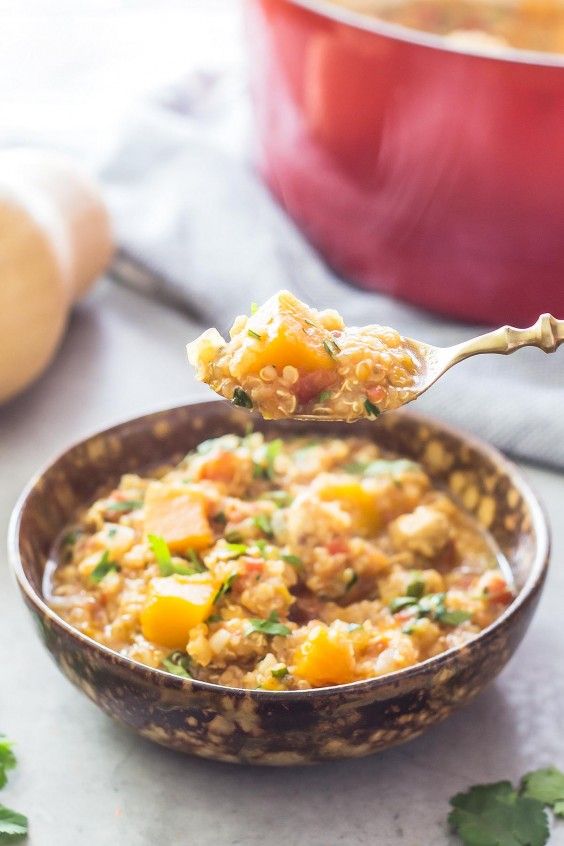 The insides will range from bright yellow to burnt orange, so don’t be alarmed if yours is somewhere in that color range.
The insides will range from bright yellow to burnt orange, so don’t be alarmed if yours is somewhere in that color range. - Thyme or Rosemary: We are kicking up the flavor profile with a fun and fresh herb — thyme or rosemary. Either of these herbs will tone down the earthiness of the squash and ramp up its freshness and citrus aspect. You can’t go wrong with either. But you can always skip adding herbs and spices to your baby food if you prefer (see more below).
Adding Healthy Fats Tip: If you are looking to add some extra healthy fat to your baby’s meals, then you can drizzle the butternut squash with extra virgin olive oil before roasting. Olive oil is a healthy fat that is full of omega 3 and omega 6 that helps baby absorb vitamin D which is important for bone growth and strengthening.
Tools NeededThese tools will make it a lot easier for you to make this healthy Sweet Potato puree. For more of my favorite kitchen tools make sure to check out my online shop.
- Baking Sheet
- Blender or Food Processor
- Knives
- Freezer Tray
- Storage Containers for Fridge
- Stasher Bag
- Bib with catch pocket
- Reusable pouches
- Heat Oven: Preheat the oven and line a baking sheet.
- Prep Squash: Cut the butternut squash in half and scoop out the seeds. Place them on the baking sheet with the flesh side down, and brush with olive oil (optional).
- Bake: Place the baking sheet in the oven and bake until easily pricked with a fork.
- Scrape: Let it cool, and then scrape off the skin until you only have the butternut squash left. Add to the blender or food processor.
- Add Herbs: Add in a pinch of thyme or rosemary to the butternut squash.
- Puree: Turn on the blender and puree until smooth, adding liquids if needed.

- Serve or freeze for another meal.
While I love the earthly, caramel flavor of roasted butternut squash, there are several ways you can cook butternut squash for baby food.
SteamingPeel and roughly chop 1 butternut squash. Place the cubes into a steamer basket over 2 inches of boiling water for 10-15 minutes or until tender when pricked with a fork. Puree in a blender as directed below.
BoilingPlace 1 peeled and roughly chopped butternut squash into a medium saucepan, add enough water to cover the butternut squash, and bring to a boil. Reduce to simmer and cook for 7-10 minutes or until tender when pricked with a fork. Puree in a blender as directed below. Note that boiling the butternut squash decreases the nutritional value of the puree since a lot of the nutrients are thrown out with the water after cooking.
Saving Time Tip: Steaming or boiling butternut squash are great methods to use if you are using prepared or frozen butternut squash.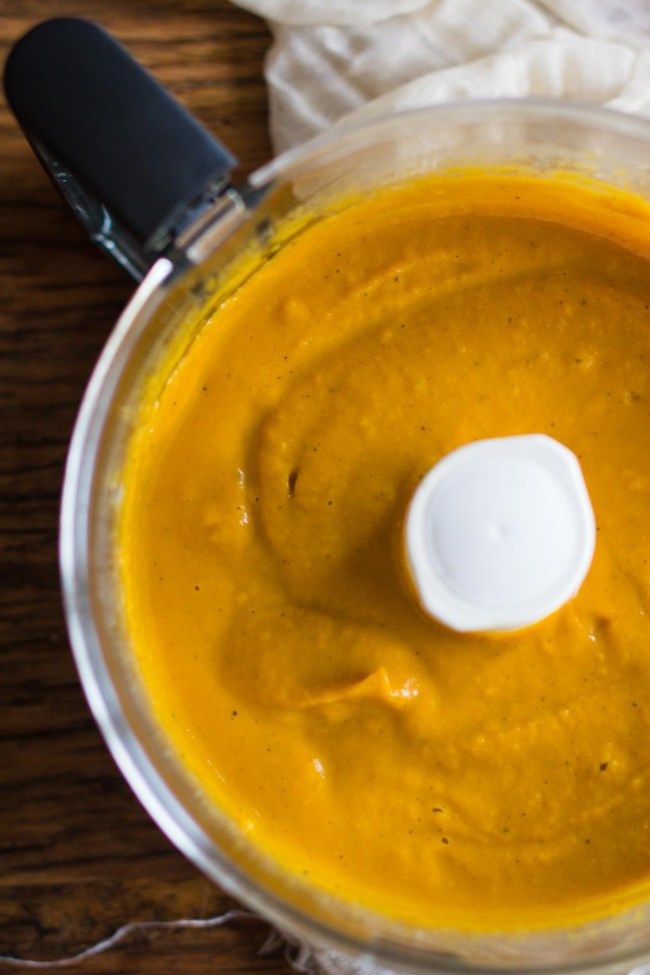 I have found both peeled and cubed fresh or frozen butternut squash in my grocery store, which are both viable options if you are short on time.
I have found both peeled and cubed fresh or frozen butternut squash in my grocery store, which are both viable options if you are short on time.
Frequently Asked Questions
Can butternut squash be baby’s first food
Butternut squash can 100% be your baby’s first food if you want it to be. It is recommended to wait to introduce the top eight allergen foods to your baby once a few other well-tolerated foods have been introduced, but otherwise, foods can be introduced in any order so choose whatever you are most excited for your baby to have.
Is butternut squash a common allergen for baby?
No, butternut squash is not a common allergen, however, as with any food, start with a small portion and be aware of any signs that might be an allergic reaction after introducing it.
When can baby eat butternut squash?
Babies can have butternut squash as one of their first foods.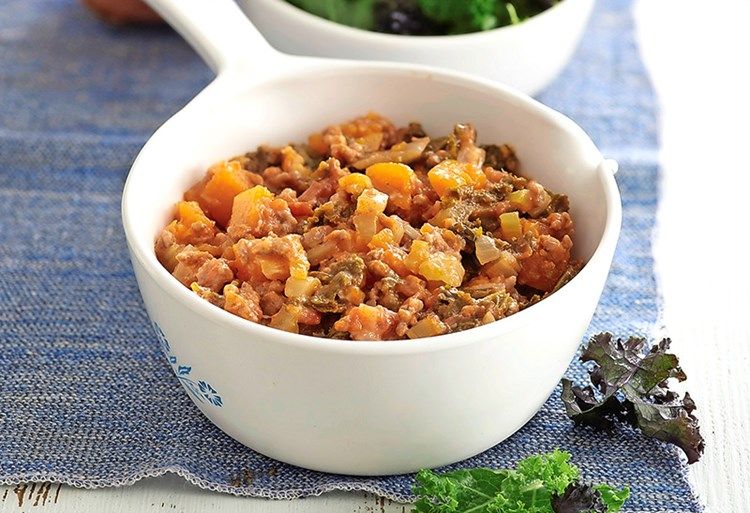 When a baby can start on solids is determined by their own rate of development, which generally comes between 4-6 months of age. Some of the developmental milestones babies need to reach in order to start solids include: if your baby has solid control of their head and neck, if your baby has doubled in weight, and if your baby is reaching for or opening their mouth when you eat (see my guide here). Before you start your baby on purees, you should consult with your pediatrician to make sure your child is developmentally ready.
When a baby can start on solids is determined by their own rate of development, which generally comes between 4-6 months of age. Some of the developmental milestones babies need to reach in order to start solids include: if your baby has solid control of their head and neck, if your baby has doubled in weight, and if your baby is reaching for or opening their mouth when you eat (see my guide here). Before you start your baby on purees, you should consult with your pediatrician to make sure your child is developmentally ready.
Can you add spices or herbs to this baby puree?
Yes! You can add in a pinch of chopped rosemary to this recipe, but feel free to use the following spices instead: basil, cilantro, ginger, nutmeg, coriander, mint, cinnamon, or mild curry powder (see quantity recommendations in the recipe card).
Tip on Spices: I always add spices or herbs to my baby food purees, but you can choose to leave them out in all of your baby food.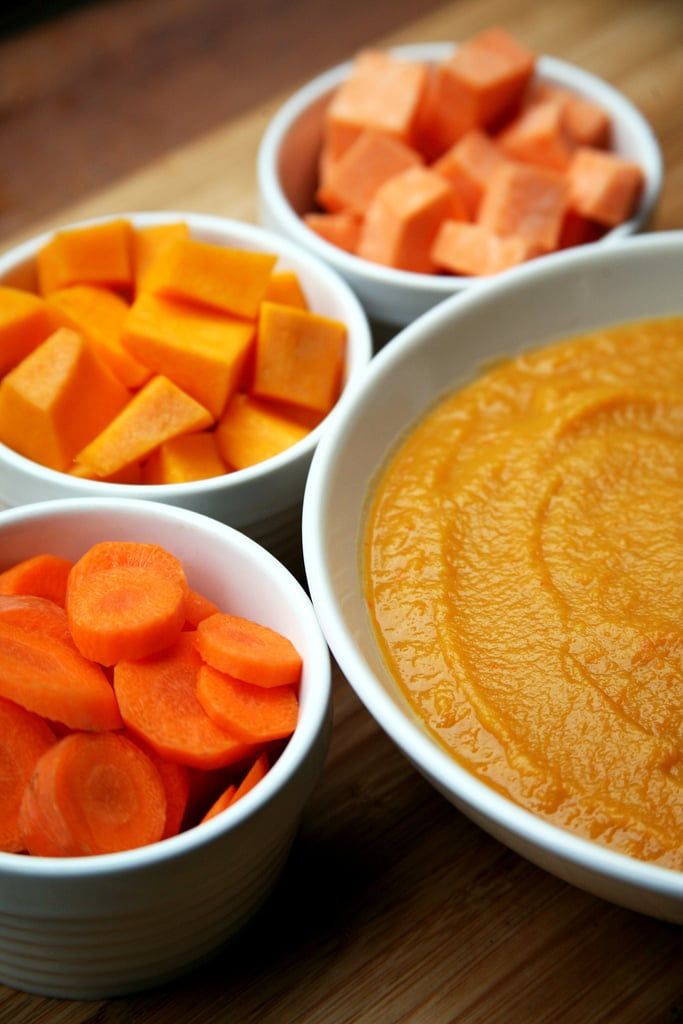 You do you! Either way, this puree will surely taste amazing.
You do you! Either way, this puree will surely taste amazing.
Does butternut squash cause constipation for babies?
Butternut squash, though unlikely, may cause constipation in some babies, so avoid giving too much.
How to Store Butternut Squash Baby FoodRefrigeratorYou can store this puree in an airtight container in the fridge for up to 4 days.
FreezerThis puree can be frozen for up to 4 months.
- Spoon puree into a freezer storage container– do not overfill.
- Place the lid on the storage container or cover with a piece of saran wrap, and label with the date and recipe name.
- Place the tray into the freezer and let it freeze completely — preferably overnight.
- Pop-out the baby food cubes and place them in a ziplock baggie or stasher bag. Don’t forget to relabel the baggie or stager bag for future reference.
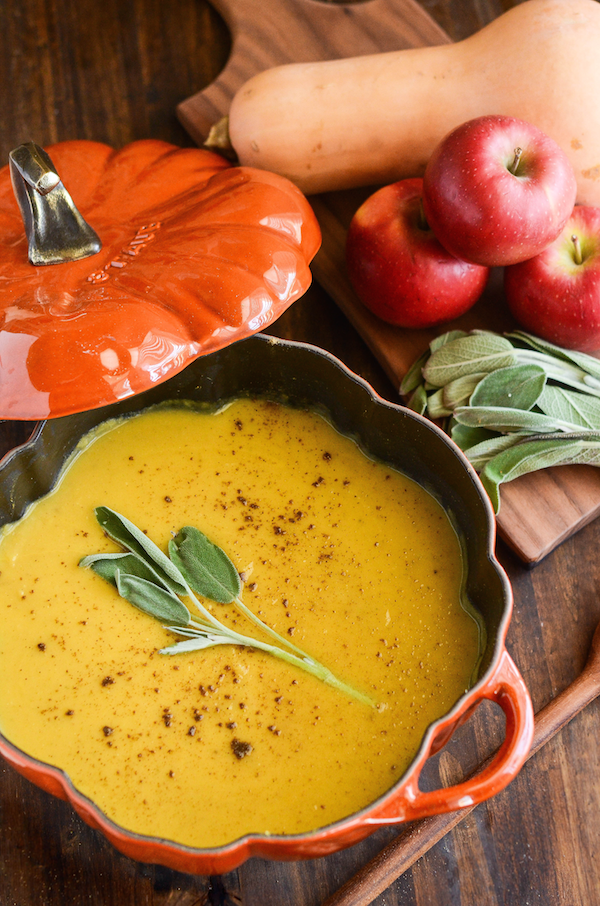
Need more information on how to store your baby foods? Head over to my Best Baby Food Storage Containers – Plus 6 Tips on Freezing and Thawing post!
Label Tip: Don’t forget to label your purees before you place them in the fridge or freezer with the name of the puree and the date you made it. Take it from me; by the end of the week, you will completely forget what is in your freezer and how long it’s been there. 😉
Puree Feeding Tips
- Follow your baby’s lead – when feeding purees from a spoon, sometimes there’s a tendency to keep offering bites past the point of your baby being full. Always follow baby’s cues for when they are done eating. Turning away from the spoon, closing her mouth, or pushing food away are all signs that baby is finished with the meal.
- Trial adding a little seasoning or spice to purees – babies like flavor! Or consider changing the temperature of purees from time to time, to slightly warmed or slightly chilled.
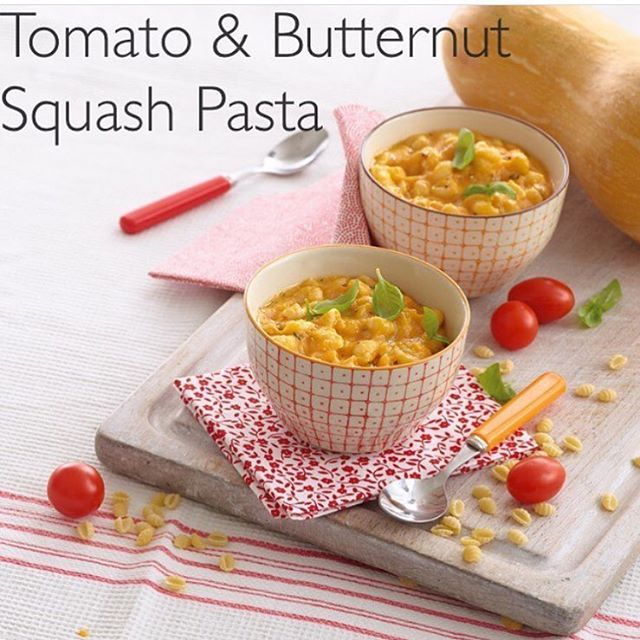 Varying these aspects adds to the sensory experience!
Varying these aspects adds to the sensory experience! - Place a small amount of puree on the tray during spoon feeding, so that your baby can dip their fingers or hands in the puree. Allowing baby to explore foods in this way helps them learn to self-feed and can help them be more willing to try new textures and foods in the future.
While this butternut squash puree is tasty by itself, it’s also super easy to mix and match with other nutrient-dense baby food purees. So give these fun flavor combos a try!
- Apples
- Carrots
- Pears
- Cherries
- Quinoa Baby Cereal
- Chicken
- Corn
- Sweet Potato
- Soft Tofu
- Pumpkin
- Mango
- Cauliflower
- Yogurt
I’D LOVE TO KNOW HOW IT TURNED OUT! LEAVE A COMMENT AND A ⭐️ RATING BELOW 👇
Or watch a shortened version of the video here.
- 1 butternut squash
- 1 tsp fresh thyme or rosemary, roughly chopped
- 1-2 tsp olive oil (optional)
- 1/2-1 cup liquid (water, fresh breast milk, formula, stock or bone broth)
Preheat: Heat oven to 450 degrees F. Line baking sheet with a silicone mat, tin foil or parchment paper.
Prep: Cut butternut squash in half, deseed and place flesh side up, skin side down on the baking sheet. Optional – feel free to drizzle the squash with 2 teaspoons of olive oil for some added healthy fat.
Roast: Place the baking sheet into the oven and bake for 45-60 minutes or until you can easily prick the squash with a fork.
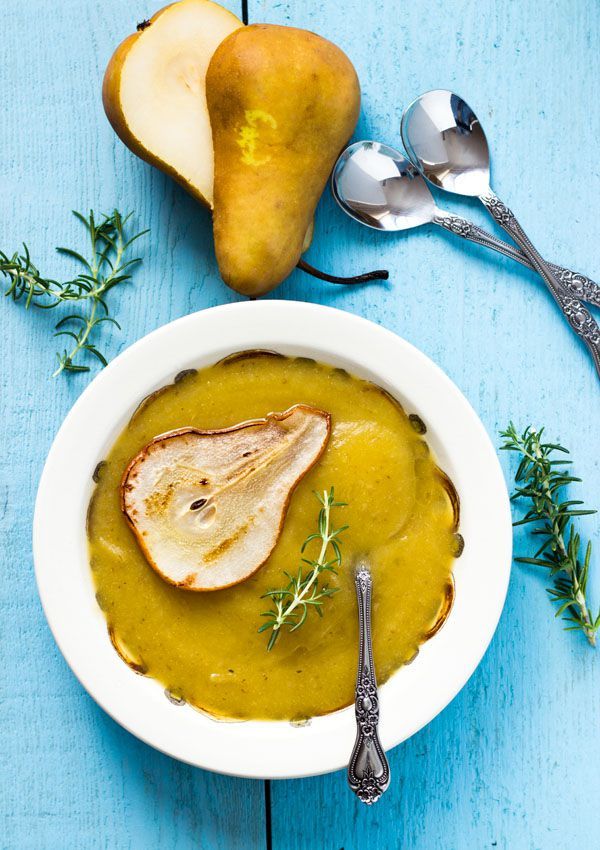
Peel: Let cool until you can handle the squash with your hands. Scrape the flesh off of the skin and place in a blender or food processor.
Add Herbs: Add the thyme or rosemary to the blender.
Puree: Turn on the blender or food processor and puree, adding liquid in 1/4 cup increments until you have the desired consistency. I had to add in 3/4 cup of water to my puree shown below.
Eat: Serve or freeze for later.
Age: 4-6 months and up
Yield: 25 ounces
Additional Spices: Feel free to sub the thyme or rosemary for 4 chopped basil leaves, 1 tsp chopped cilantro, 1/2 tsp minced fresh ginger, 1/2 teaspoon nutmeg, 1/2 tsp coriander, 1/2 tsp cinnamon or even 1/2 tsp of mind curry powder.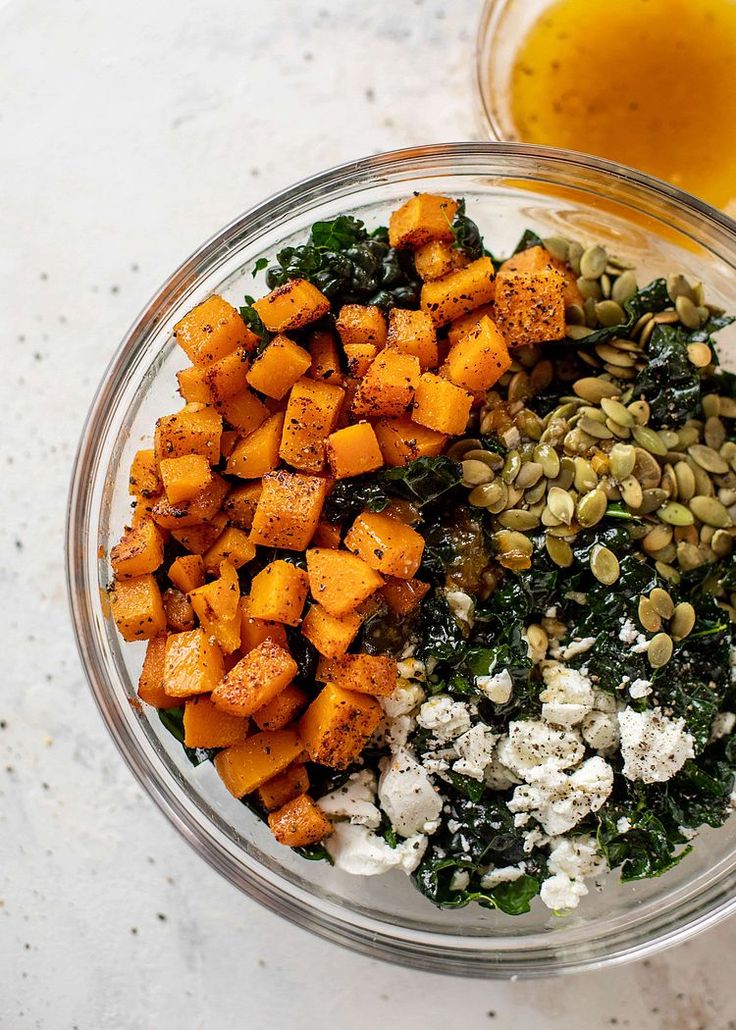
Freezer Tray
Blender
Silicone Baby Bibs
Bumkins Baby Bowl
Tripp Trapp High Chair
GreenPan Cookware
Did you make this recipe?
Tag @babyfoode on Instagram and hashtag it #babyfoode!
Pin Recipe Email a Friend
Butternut Squash for Babies - MJ and Hungryman
Jump to Recipe
Butternut squash is an amazing first food for babies. Here's how to cook it as well as serving suggestions for 6 months and up.
Jump to:- When can babies eat butternut squash?
- Healthy benefits
- Is butternut squash safe for babies?
- Selecting the best squash
- Cooking Methods
- How to cut for baby led weaning
- How to Store
- Frequently Asked Questions
- Butternut squash recipes for babies
- How to cook butternut squash for babies
When can babies eat butternut squash?
Butternut squash can be offered to babies as soon as they’re ready to start solids, usually around 6 months.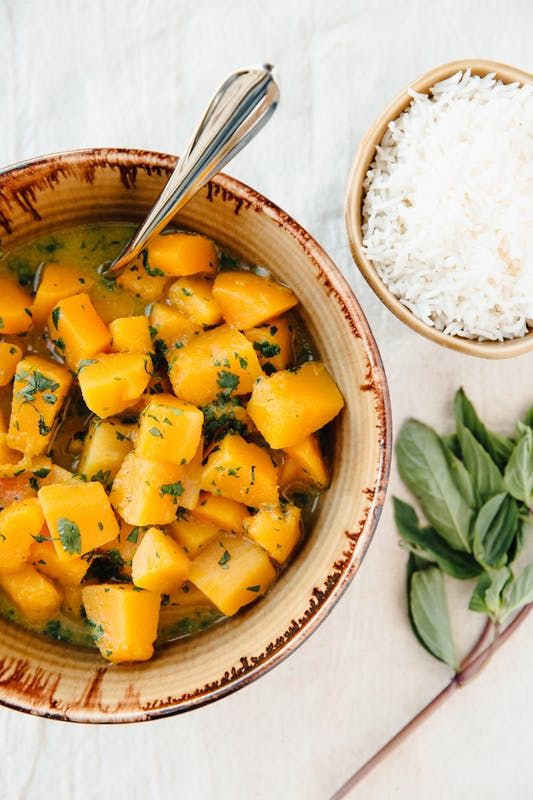 It’s important to remember that your baby is unique and that rather than going by the calendar, you need to make sure your baby is DEVELOPMENTALLY ready to start solids.
It’s important to remember that your baby is unique and that rather than going by the calendar, you need to make sure your baby is DEVELOPMENTALLY ready to start solids.
If you’re unsure, be sure to grab my FREE handout!
Healthy benefits
Interesting fact! Butternut squash is technically a fruit because it contains seeds, just like spaghetti squash, pumpkin, avocados, tomatoes.
It's not only delicious and versatile, but it is also loaded with vitamins, minerals, and antioxidants.
It's particularly high in:
- Vitamin A - important for eye and bone health and immune function
- Vitamin C - helps boost immunity and enhances iron absorption
- Magnesium and potassium - aid in optimal bone health
Just like mangoes, its bright orange color is due to an antioxidant called carotenoids, which gets converted into vitamin A. Carotenoids are fat-soluble compounds, so they are best absorbed with fat.
Last but not least, it's also a great source of both soluble and insoluble fiber.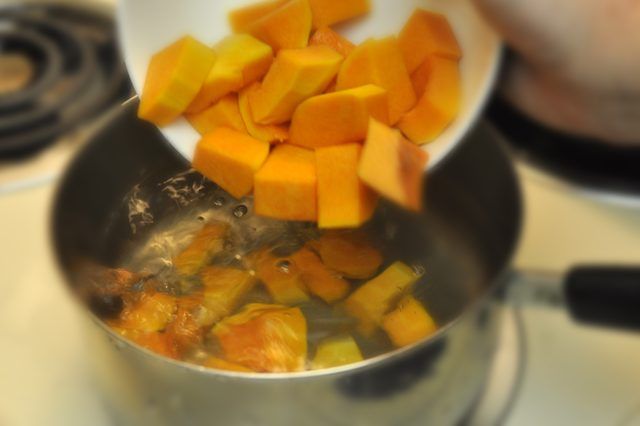
Is butternut squash safe for babies?
As long as it's offered in an appropriate size and texture, it is safe. Let me show you how! Butternut squash allergy is very rare as well.
Related: Best First Foods for Babies
Selecting the best squash
Look for one that's solid, dull dark beige in color, and doesn't contain any green streaks on the skin. Make sure there are no serious cuts or soft spots.
It should feel firm and heavy for its size. I like to pick up several that are similar in size and choose the heaviest one. Make sure the stem is intact.
Cooking Methods
It's VERY important that the squash is cooked until soft enough to be easily smooshed between thumb and forefinger.
Steamed
Place water in a pot, add steamer basket, and bring to a boil. Add the squash, cover, reduce heat to medium, and cook for 15 minutes.
Turn off the heat and let it sit covered for 5 minutes to continue steaming. It should be easily pierce-able with a fork.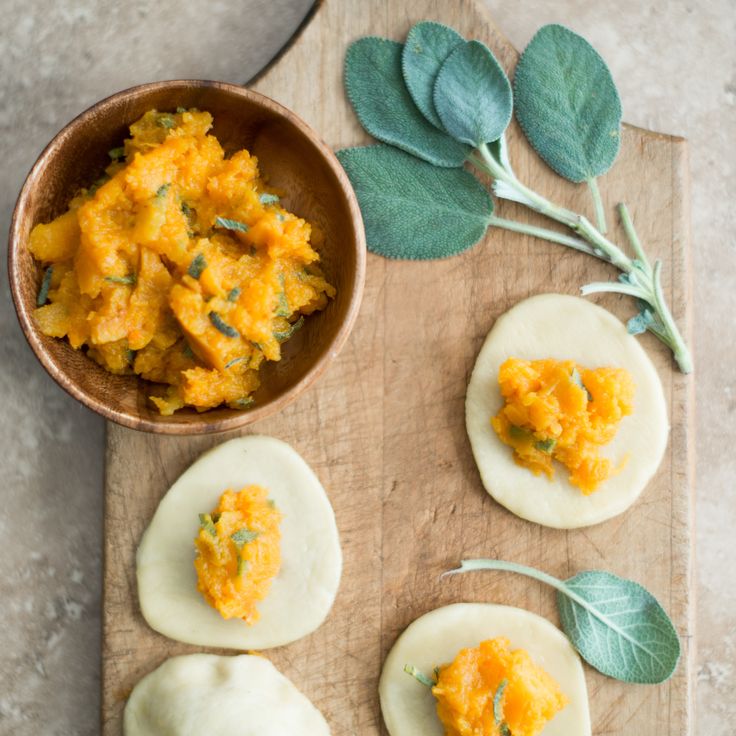
Roasted
Roasting is the easiest and most flavorful way to cook the squash (or any vegetable for that matter). Soft and caramelized flesh - yes please! This is actually the only cooking method I use to cook our squash.
- Cut squash in half - Trim the stem end and cut the squash in half. Remove the seeds. Coat both the skin and flesh with oil. You can also add seasoning(s) at this time.
- Cook for 30-45 minutes, for 1 ½ to 2 pound squash.
How to cut for baby led weaning
6+ months old
Pureed - Add cooked squash into a blender and blend until smooth. Add breastmilk/formula, water, or even broth to thin out to desired consistency.
Mashed - Whether you are advancing in texture after doing purees or starting with baby led weaning, this is such an easy and versatile way to serve the squash to your baby.
Simply mash with the back of a fork and add to:
- Homemade baby oatmeal
- Quinoa
- Lentils
- Chia Pudding
- Overnight oats/quinoa
- Toast
- Yogurt
- Egg veggie pancakes
6-9 MONTHS OLD
Bigger is better and safer at this age so your baby can easily grab the food with their palm and bring to mouth.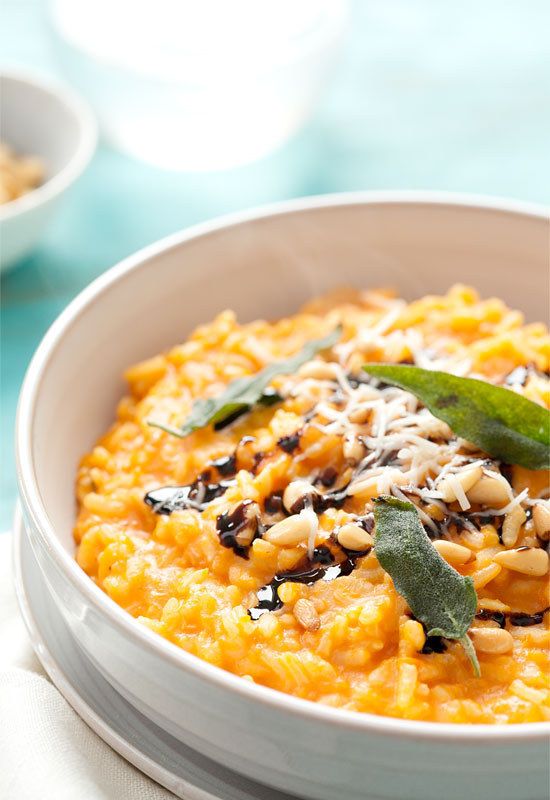
Cut into thick strips or half-moon shapes. Again, the squash should be easy to smush between your thumb and forefinger.
Related: Right food size and texture for baby led weaning
9+ MONTHS OLD
As your baby develops their pincer grasp and is able to pick up small pieces of food using their thumb and finger, you can cut into small, bite-sized pieces. I still suggest continuing to offer larger pieces so they can practice taking bites.
I emphasize this because my son was the ultimate shoveler, and cutting into small pieces only made it worse. With my second baby, I offered her large pieces along with bite-sized pieces, and it’s definitely helped her to slow down and to take bites rather than shovel.
If you haven't already, this is a good time to introduce utensils. Your baby will most likely just play around or toss it. But it’s still great for exposure!
Try forking a piece of squash and plate on their plate. Be sure to continue modeling. They are like sponges and learn by watching you!
12+ months old
Continue practicing with those utensils! When serving mash, use the hand-over-hand method to guide your baby's hand to scoop with a spoon. Same goes for forking a bite-sized piece.
Same goes for forking a bite-sized piece.
Again practice practice practice, with a lot of patience sprinkled in. It's a skill that takes time to master.
How to Store
For uncooked
Whole squash can be stored in a cool, dark place for up to 3 months. Once cut, wrap the squash in plastic wrap or store in an airtight container for up to a week in the fridge.
For cooked
Store in an airtight container for 3-5 days in the fridge.
To freeze
You can either flash freeze or puree and freeze in a tray (I LOVE this one) for up to 3 months.
Frequently Asked Questions
Can I eat the skin of the squash?
It is edible and a great source of fiber, vitamins, and minerals. However, it really depends on the age of the squash. With some, the skin gets tender once roasted, but some have a thicker, unpleasant texture. I advise peeling for your baby, and for older children and adults, you can decide ;).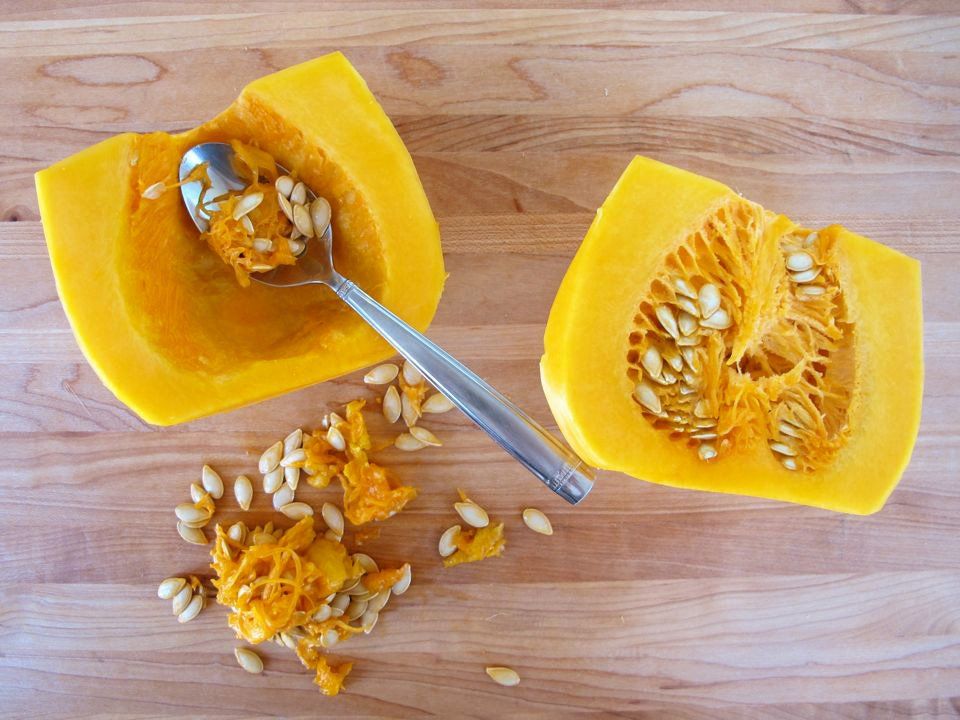
Can I season butternut squash for babies
Absolutely yes! While it's delicious on its own, you can easily boost the flavor by adding herbs and spices. Cinnamon is a classic, but cumin, curry powder, smoked paprika, and Italian seasoning (to name a few) are all great!
What should I do with the seeds?
Roast them! First rinse and dry thoroughly. Toss with some oil and seasoning, spread into a single layer on a baking sheet, and roast at 350°F for 15-20 minutes (stir halfway through).
They are not appropriate for babies, but make for a perfect snack for you! Be sure to nourish yourself, too.
Butternut squash recipes for babies
Its slightly nutty and sweet flavor makes for such a great addition to so many recipes.
- Meatballs
- Pancakes
- Sandwiches
- Pasta sauce
Did you make this recipe? Leave a rating below and let me know how you liked the recipe! Your feedback means so much to me!
How to cook butternut squash for babies
Butternut squash is an amazing first food for babies.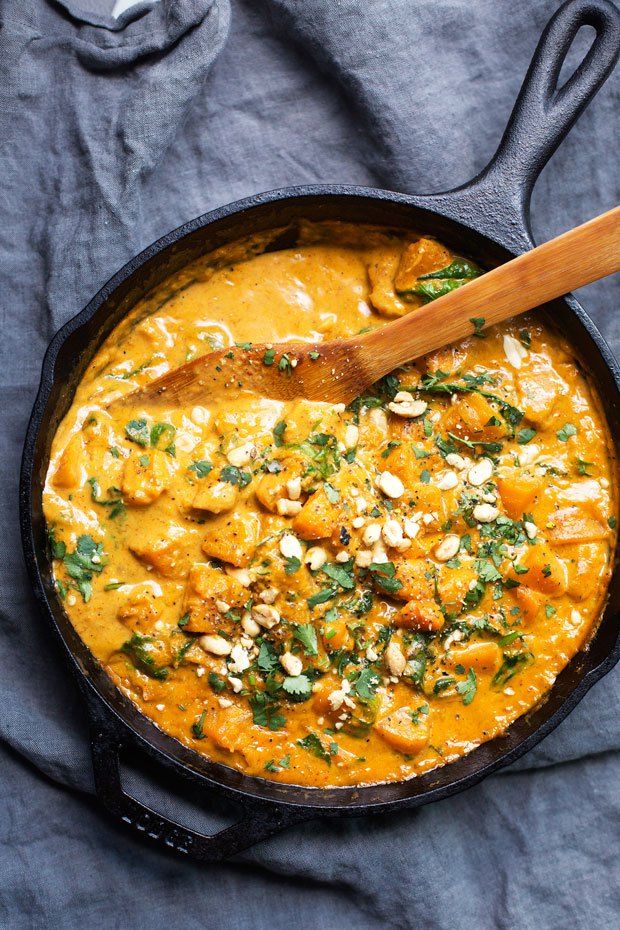 Here's how to cook it as well as serving suggestions for 6 months and up.
Here's how to cook it as well as serving suggestions for 6 months and up.
5 from 3 votes
Print PinPrep Time: 5 minutes
Cook Time: 40 minutes
Total Time: 45 minutes
Servings: 20
Author: Min | MJ and Hungryman
- ▢
Sheet Pan
- ▢
Baking Mat
- ▢
Steamer
- ▢
Freezer Tray
- ▢ 1 butternut squash
- ▢ 2 tablespoons oil, divided (if roasting)
- ▢ seasoning(s) of choice (if roasting)
Steamed
To cut: First wash and dry the squash. Using a sharp knife, cut ends off. Peel the skin using a vegetable peeler. Cut in half and scoop out the seeds. Then cut the flesh into half moon shapes.
Place water in a pot, add steamer basket, and bring to a boil. Add the squash, cover, reduce heat to medium, and cook for 15-20 minutes, until fork tender.
Let it sit covered for 5 minutes to continue steaming.
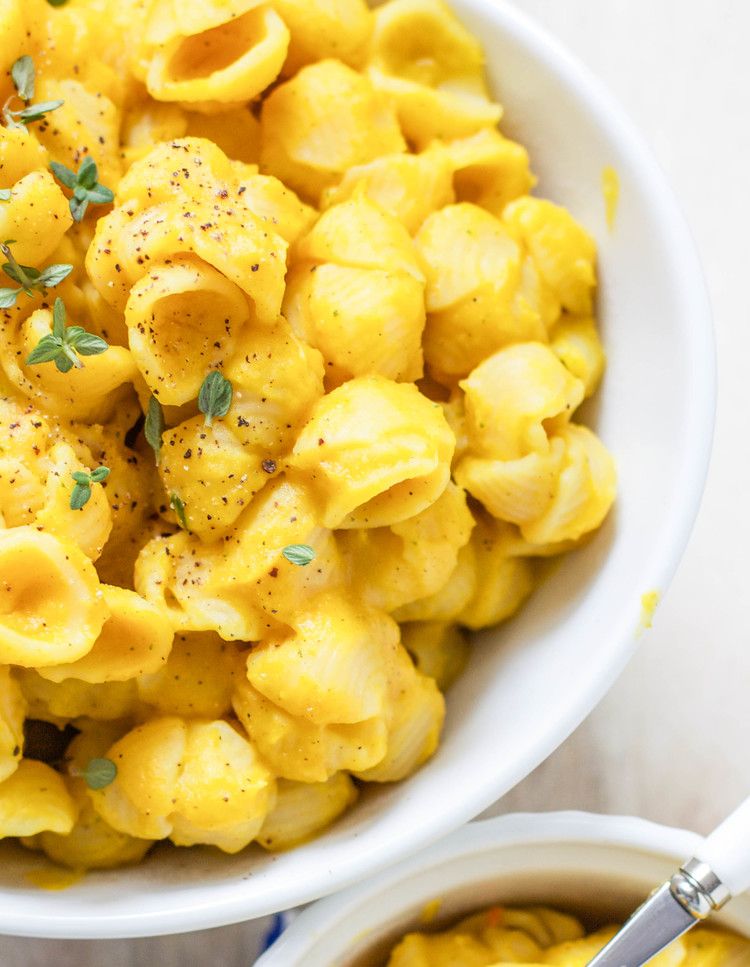 Cut into desired size.
Cut into desired size.
Roasted
To cut: First wash and dry the squash. Place on a study cutting board (recommend placing a kitchen towel underneath) and trim the stem and bottom of the squash. Carefully cut in half lengthwise. Remove the seeds using a spoon.
Preheat oven to 400°F. Line a large baking sheet with parchment paper or baking mat.
Brush both halves with water and seasoning(s) of choice. Place the squash cut side down on the baking sheet. Roast until the flesh is soft and fork-tender, about 30-45 minutes, for 1 ½ to 2 pound squash.
Turn the squash over and allow to cool. Cut according to your baby's age. The skin should easily peel back.
- Store in an airtight container for 3-5 days in the fridge.
- To freeze: you can either flash freeze or puree and freeze in a tray for up to 3 months.
Calories: 29kcal | Carbohydrates: 4g | Protein: 1g | Fat: 1g | Sodium: 2mg | Calcium: 18mg | Iron: 1mg
Course Side
Cuisine American
Tried this Recipe? Tag me Today!Tag me @KidFriendly. Meals today!
Meals today!
Zucchini puree for the first feeding
The introduction of zucchini in the first feeding is recommended by WHO, and zucchini puree for feeding the baby can be prepared without any problems yourself. There is nothing complicated in growing zucchini and the mature fruits of many varieties can be stored throughout the entire frosty period. The pulp of the fruit with elementary heat treatment retains its beneficial properties and is easily absorbed by the child's body even from an early age.
Contents
- How to cook courgettes for the first feeding
- Courgettes for complementary foods in baby food
- Composition of marrow
- Benefits of zucchini for children and adults
How to prepare zucchini for first feeding
If you decide to start feeding your baby, start with zucchini. It will be the best addition to breast milk or adapted formula. Zucchini is a hypoallergenic product and contains a large amount of nutrients needed by the child.
Zucchini puree recipe
Cooking zucchini puree for the first feeding at home. Of the ingredients you need only zucchini and water. Let's start by rinsing the zucchini under cool running water. Peel off the skin and cut into cubes. Next 2 options. Either put it in boiling water, cook the zucchini for 6-10 minutes, while retaining the benefits of vitamin C. Or steam it, which will undoubtedly be tastier and healthier. Then we wipe through a sieve or grind with a blender.
You need to start complementary foods with one teaspoon, gradually day after day, increasing the number of spoons. It is important to introduce your child to this product at a very young age. When the child grows up, he will also need nutrients. And you can spoil him with many different zucchini dishes.
How to cook zucchini correctly and how much
For the first feeding, it is recommended to boil zucchini for up to 10 minutes. Usually this time is enough to soften the cut pieces.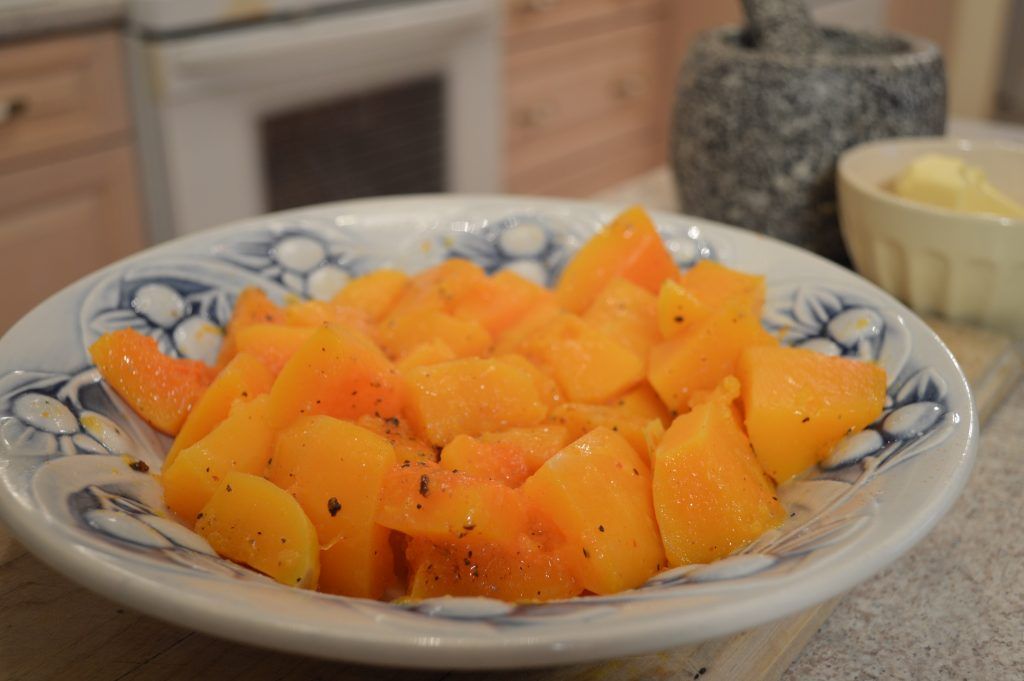 Do not forget that the longer the heat treatment of the vegetable takes place, the less vitamins and useful trace elements remain. Then everything is thoroughly crushed into puree and the first complementary foods are ready. Depending on the period of introduction of the puree to the baby, you can add a little vegetable oil to the puree if the mass of the portion of the puree has reached 100 g (usually on the 6th-7th day of feeding).
Do not forget that the longer the heat treatment of the vegetable takes place, the less vitamins and useful trace elements remain. Then everything is thoroughly crushed into puree and the first complementary foods are ready. Depending on the period of introduction of the puree to the baby, you can add a little vegetable oil to the puree if the mass of the portion of the puree has reached 100 g (usually on the 6th-7th day of feeding).
For the preparation of mashed potatoes, babies need to select only young and fresh zucchini fruits: without rot, cracks and dents. The fruit is thoroughly washed under running water. Then its lateral parts are cut off: the tail and the “butt”; peel is removed. The zucchini is cut lengthwise into several parts, from which the central soft part with seeds is removed. The remaining parts are cut into cubes. If the vegetable is bought at the market or in a store, it is recommended to soak the zucchini in clean water for about 2 hours to remove unnatural trace elements from the fruit in the form of fertilizers and pesticides.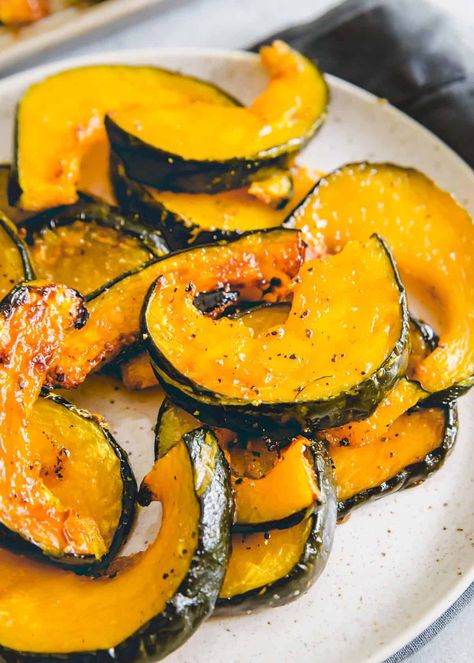
How to freeze and defrost zucchini? Cooked cut fruit cubes in the right amount are placed in plastic bags or containers, and then in the refrigerator. For the preparation of frozen fruit puree, it is recommended to use a defrosted vegetable. To speed up the process, bags or containers with zucchini are placed in water at room temperature or under running tap water. After 1-2 hours, you can start cooking according to a known scheme.
Squash for complementary foods in baby food
Squash is widely used in baby food for its unique properties. In addition, vegetable squash purees are considered the most popular when introducing the first complementary foods to a child. One-component zucchini puree manufacturers recommend using for children from 4 months.
Table of the introduction of the first complementary foods with zucchini according to WHO recommendations
Baby food recommended for the first complementary foods includes Heinz zucchini puree, which additionally includes corn flour and water.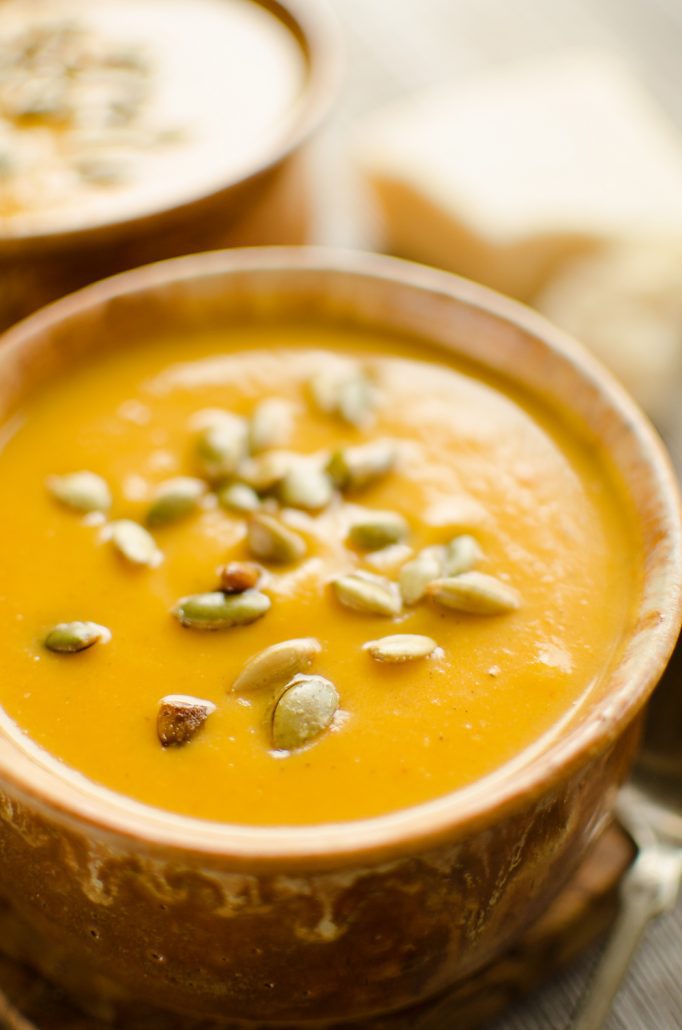 A similar product is Hipp zucchini puree, which contains coarse rice flour. These products are sold in glass jars with a net weight of 80 grams, and the puree contains no salt, sugar, starch, preservatives or dyes.
A similar product is Hipp zucchini puree, which contains coarse rice flour. These products are sold in glass jars with a net weight of 80 grams, and the puree contains no salt, sugar, starch, preservatives or dyes.
At a later age, in baby food, zucchini is used with vegetables, fruits, cereals and meat. For children over 5 months:
- Frutonyanya Broccoli and Zucchini Puree
- Puree Frutonyan zucchini and potatoes
- Frutonyanya puree cauliflower and marrow
- Puree Frutonyanya apples and zucchini
- Frutonyanya zucchini-oatmeal puree
- Gerber potato and courgette puree
- Puree Gerber apples and zucchini
Children's puree Tyoma beef with zucchini is recommended to try not earlier than 6 months from birth.
Ingredients of zucchini
Zucchini is a source of substances that have a beneficial effect on digestion. They contain a small amount of calories when cooked (20 to 25 kcal per 100 grams), so you can use them in food during therapeutic diets.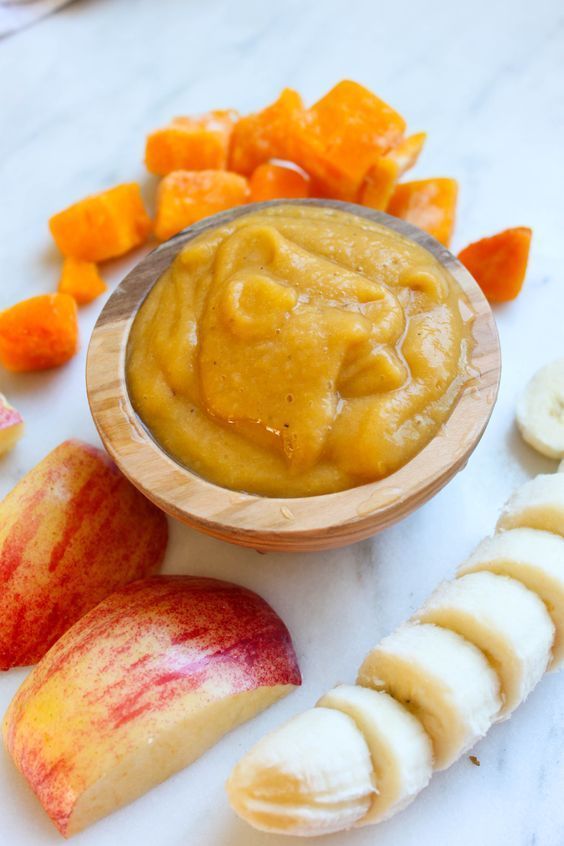
Fruits contain not only carbohydrates, fats and proteins, but also useful trace elements: sodium, iron, magnesium, zinc, iodine. In addition, the composition contains vitamins of groups B, C, E, H, PP, A.
Benefits of zucchini for children and adults
Zucchini has a very pleasant taste. Doctors advise them to use those who have undergone surgery on the stomach or intestines. I would like to mention that these fruits are very useful for those who suffer from edema.
Zucchini juice for men and women can help with obesity. Helps the body to get rid of toxins and slags, relieves constipation well, strengthens the heart. The glycogen in them has a positive effect on the activity of the liver. Zucchini significantly improves blood formation, helps to restore strength after prolonged exertion. Zucchini seeds will help get rid of worms. With hepatitis, regular consumption of zucchini will lead to a significant improvement in well-being.
Thus, the use of zucchini in the first feeding is the best option for both the child and the parents (of course, excluding the case of his individual intolerance).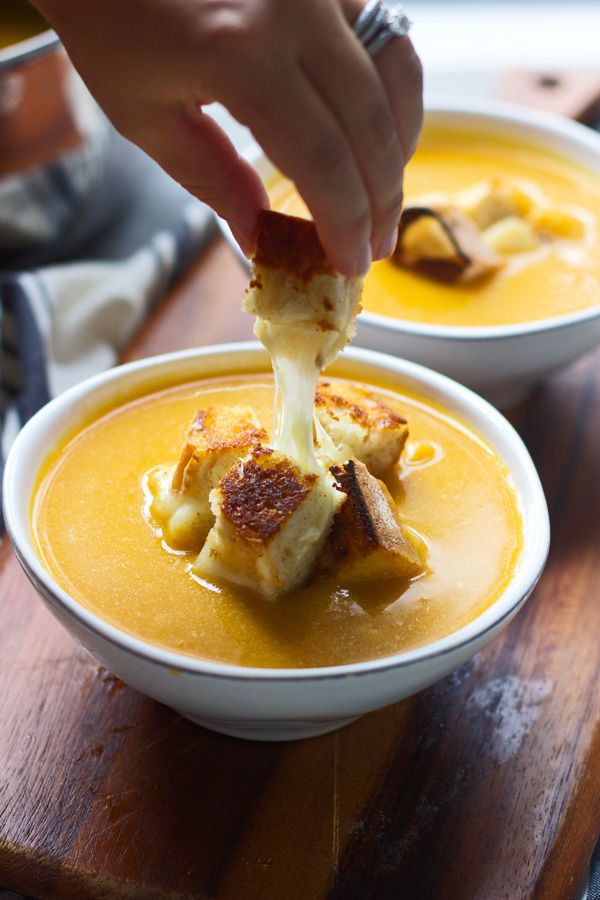
How to cook zucchini for weaning - tips and tricks
Contents
- 1 Health benefits of zucchini
- 2 How to introduce zucchini into the diet?
- 3 How long to cook zucchini for feeding
- 4 How to cook zucchini
- 5 Zucchini juice for a baby
- 6 Zucchini and continued breastfeeding
- 7 Preparing vegetables for a child for the winter
- process it correctly. Therefore, we propose to learn how to cook zucchini for feeding and when it is better to introduce it into the baby's diet.
Health benefits of zucchini
This vegetable is a source of vitamins and minerals, in addition, it is well absorbed by the child's body and does not cause discomfort in the stomach. Let's make a reservation right away that we are talking about a single-component puree, without the addition of milk, cream or other products.
Breast milk provides a small child with everything he needs, but with age, his need for useful trace elements increases.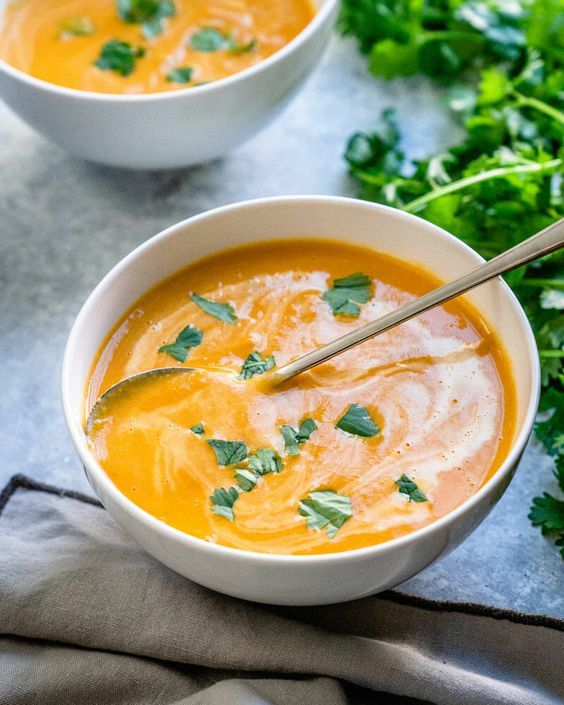 It is known that a baby already at the age of six months needs iron and zinc, so it is best to make a zucchini dish for him.
It is known that a baby already at the age of six months needs iron and zinc, so it is best to make a zucchini dish for him.
Advice
Zucchini is one of the few foods that can also be used for early weaning. Half a spoonful of it can be given to a baby from the age of four months.
Zucchini pulp is rich in unsaturated fatty acids, B vitamins, ascorbic acid, important trace elements - iron, zinc, calcium, magnesium and others. And also the vegetable is rich in dietary fiber, pediatricians talk about the benefits of which for a small organism.
One-component and well-digestible dish does not overload the intestines, is quickly and easily digested, has a diuretic effect, removes toxins and excess moisture from the baby's body. Some children are prone to constipation, so they should be given a healthy vegetable without fail.
How to introduce marrow into the diet?
Like any other food, the vegetable is gradually introduced into the daily menu of the baby.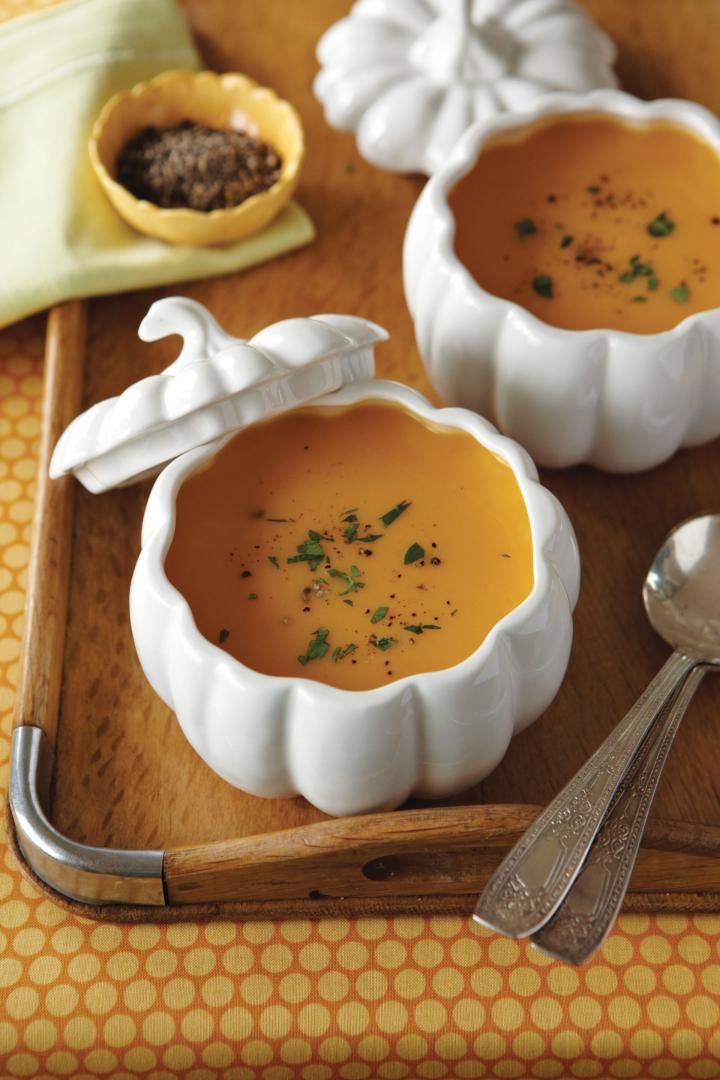 First, offer your child half a teaspoon of zucchini puree or juice, be sure to observe the reaction of his body. Diathesis, bloating, diarrhea, vomiting, any other disorders signal that the time for complementary foods has not yet come. After 1 month, try again to give the baby zucchini puree - for sure he will eat it with pleasure and will not experience any discomfort.
First, offer your child half a teaspoon of zucchini puree or juice, be sure to observe the reaction of his body. Diathesis, bloating, diarrhea, vomiting, any other disorders signal that the time for complementary foods has not yet come. After 1 month, try again to give the baby zucchini puree - for sure he will eat it with pleasure and will not experience any discomfort.
Advice
After a portion of marrow, especially with regular use, the color of the feces may slightly change in the baby and the stool and urination become a little more frequent - you should not be afraid.
If the baby's body has accepted the new food normally, then the portion of the vegetable can be increased. But at 7 months, the baby should not eat more than 100 grams of puree, so try to keep breastfeeding. In rare cases, zucchini causes peeling of the skin, but such a reaction is not considered a reason to remove the vegetable from the menu.
The response of the digestive system of children is not an allergy, so parents should carefully monitor the baby and, if necessary, show it to the pediatrician.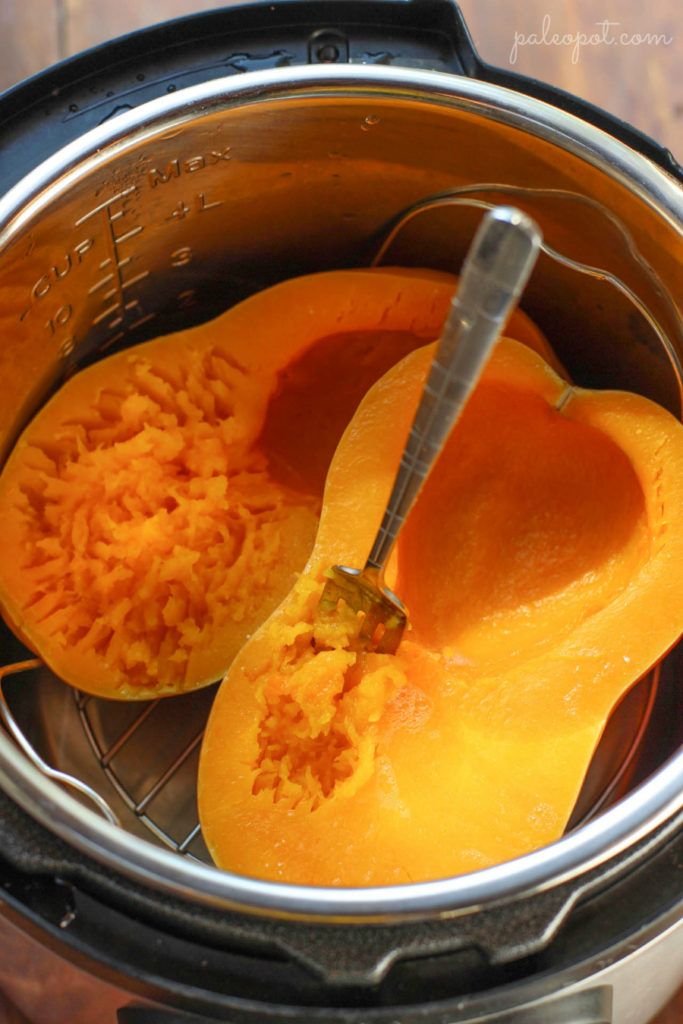
How long to cook zucchini for feeding
Ready-made zucchini puree is sold at the grocery store, but many mothers want to make a healthy treat at home on their own. Vegetables cooked by hand are much tastier. It is important to know that the new dish should resemble breast milk or a special formula for the baby, so complementary foods must be made sweetish.
The consistency of mashed potatoes is thick, like kefir - it will be easier for a baby to eat such food, and his body will be able to digest food in a short time.
Preparing marrow squash is easy: first rinse the vegetable in cold water and peel, then rinse again under the tap. Cook the product for no more than 10 minutes, periodically checking the pulp.
Tip
Bottled baby water is best for making baby purees.
There should be little liquid in the pan, otherwise unnecessary water along with useful components will have to be drained. Some parents cook zucchini in a double boiler, in time this manipulation is longer than boiling.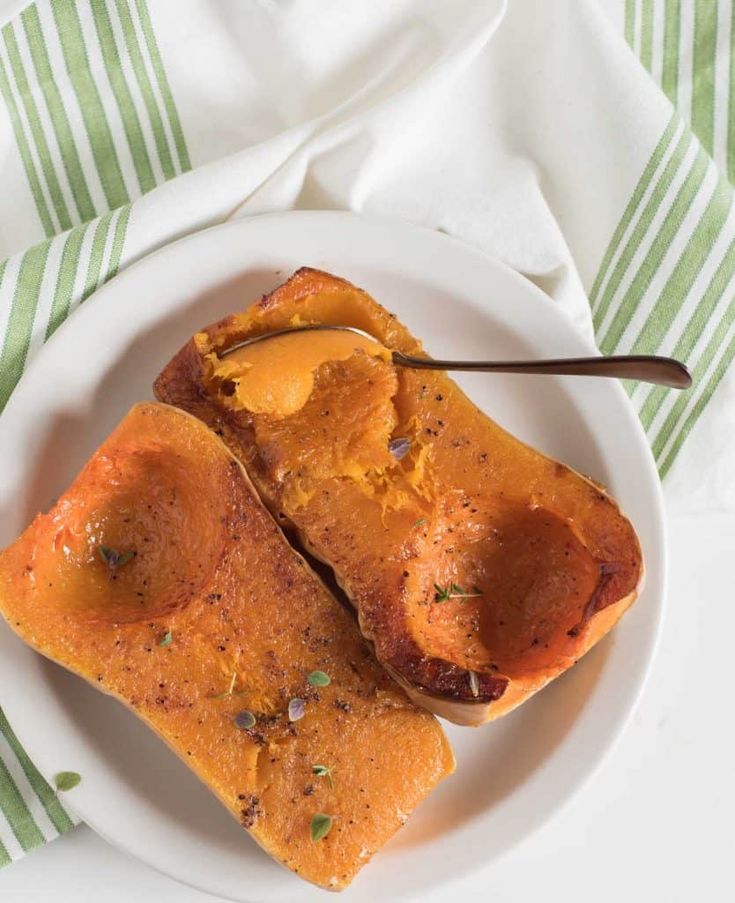 For steam and , the vegetable should be cooked for 15 to 20 minutes.
For steam and , the vegetable should be cooked for 15 to 20 minutes.
Zucchini should be boiled without oil, salt or sugar. Breast milk or a small amount of milk formula will add sweetness to the product, and the broth where the vegetable was located also has a pleasant taste. Occasionally, mashed potatoes are salted if the baby refuses to eat it several times in a row, but the amount of spice should be very small.
Zucchini must not only be boiled, but also mashed with a fork and rub through a sieve to eliminate dense pieces of pulp. But using a blender in this case is inconvenient, since the child needs a small portion of puree.
Principles of cooking zucchini
Many mothers recommend soaking the vegetable in cold water for about 2 hours, this rule is especially true for a product bought in a store or on the market. But if the zucchini was grown in its own garden, this is not necessary. For the first feeding, take young fruits of small sizes, pay attention to the peel - it should not have cracks.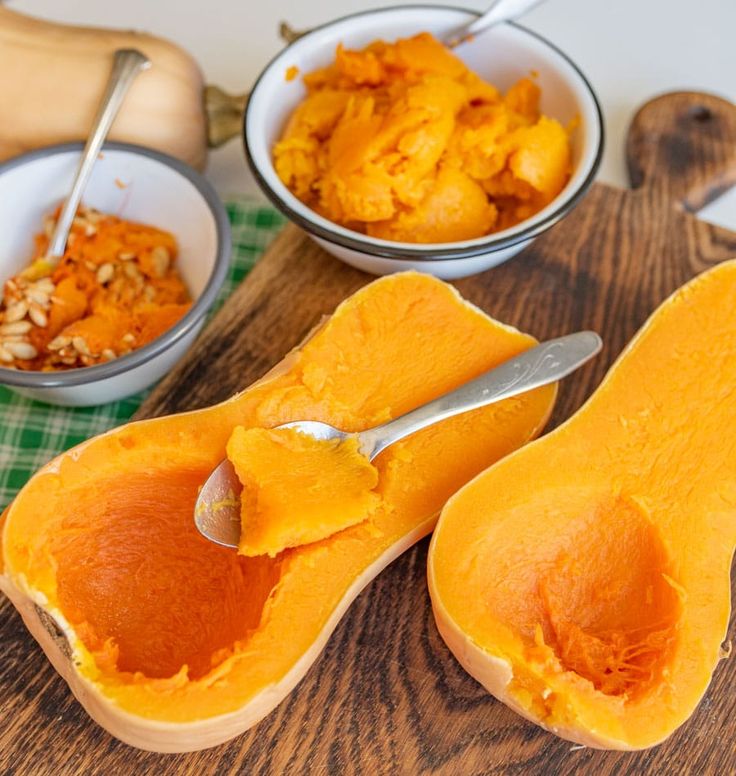
Seeds from the pulp of the fruit should be removed, but they usually do not exist in small marrows. Such food has a light texture and does not contain large particles.
At the stage of the first feeding, it is important for parents to observe the following rules:
- comfortable temperature of the new food;
- absence of other ingredients in puree;
- the gradual introduction of a vegetable into the menu.
Boil zucchini for the first feeding and give it to the baby in the morning, which will allow you to observe the reaction of the body. If symptoms of allergy or stool disorder are not noticed, then the portion can be increased the very next day. Offer a new dish to the child before taking his main meal - breast milk or special formula.
If you make puree with your own hands, carefully monitor the cleanliness of food and utensils, and it is also important to know that the food must be fresh and warm, it cannot be stored.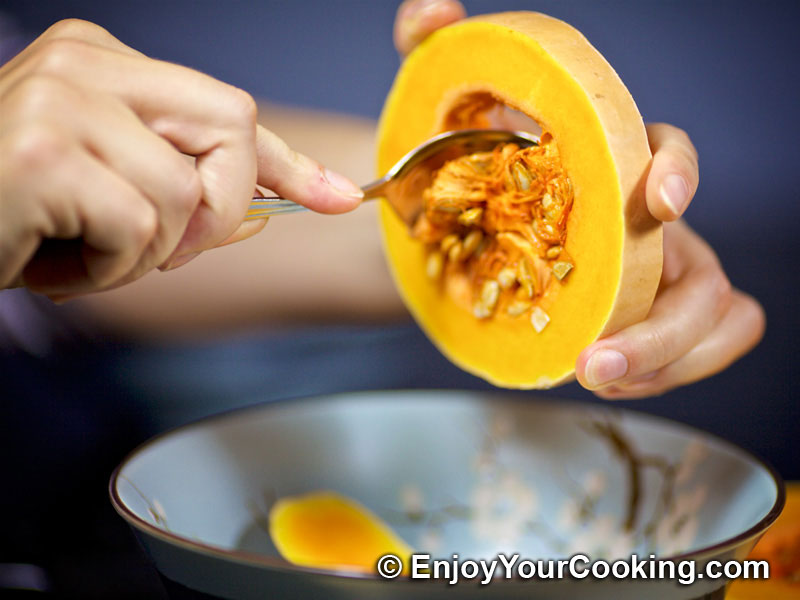
Tip
The maximum shelf life of homemade puree is one day. To do this, take one or two jars of baby food, pour over the container and lids with boiling water or boil. Only after that spread the puree, close, let cool slightly and refrigerate.
Zucchini should only be cooked with water, it does not mix well with cow's milk. Only breast milk or a special formula can be added to puree in order to add sweetness to complementary foods. This vegetable goes well with fruits and herbs, but you can’t mix products at the stage of introducing a child to adult food.
Discomfort in the intestines is caused by large particles of the fruit - seeds, peel, coarse fibers, so even a young zucchini is carefully ground and inspected mashed potatoes before feeding.
Zucchini juice for babies
Freshly squeezed drink is famous for its medicinal properties, has a mild diuretic effect and even increases appetite in children who are reluctant to eat. Treat your baby to zucchini juice 30 minutes before the main meal, but drink it no more than 10 minutes after preparation.
Treat your baby to zucchini juice 30 minutes before the main meal, but drink it no more than 10 minutes after preparation.
Do not forget about the correct processing of the vegetable - always wash it in cold boiled water, peel off the skin and rinse the vegetable again. Zucchini juice is especially rich in vitamin C, to begin with, offer your baby a few drops of the drink and gradually increase its volume to 3 teaspoons.
Zucchini juice normalizes the water-salt balance in the baby's body and has a beneficial effect on the heart rate, and this drink also stimulates the digestion process and does not provoke bloating. You can also treat the baby with a raw vegetable, but first the pulp should be doused with boiling water.
This method is suitable for picky children who often refuse mashed potatoes. Babies who are teething will also like this option - the pulp will act as a soft and appetizing teether.
Important
When giving a piece of zucchini to a baby, calculate the size so that the baby cannot swallow it whole.It is also important to ensure that the baby does not "bite off" a small piece - they can choke, it will not be digested well.
Zucchini and continued breastfeeding
At the first stage, the child eats zucchini puree without adding other ingredients, but later on the baby's menu can be varied. It is recommended to supplement it with the following ingredients:
- vegetables - carrots, broccoli, beets;
- fruits - apple, banana, pear;
- meat - beef, chicken, rabbit.
A few months after the baby is introduced to a new food, parents add 2 drops of unrefined vegetable oil to the puree for complementary foods, olive oil is best suited for this purpose.
New vegetables should not be introduced immediately into squash puree, introduce the child to each product separately. Little by little they are combined, mixing carrots, broccoli and other ingredients into a neutral zucchini, and not vice versa. So, by the age of 1 year, the baby will eat up to 200 g of puree per day, it can be either single-component or mixed.
Pediatricians recommend during this period to add a little onion to the dish, which must be boiled in water along with the rest of the ingredients.
If the baby does not feel well or is ill, the introduction of new foods should be postponed until complete recovery. Otherwise, you risk exacerbating the existing problem with such a phenomenon as worsening stools.
Harvesting vegetables for a child for the winter
Sometimes it is necessary to introduce the first complementary foods in winter, when there are no fresh vegetables on store shelves. It is unprofitable to buy ready-made purees, since most of the purchased jar is thrown away due to the impossibility of storing the product. The best option in this case would be to pre-freeze fresh vegetables from your own garden or purchased from a trusted supplier.
Vitamins and minerals are not destroyed by rapid freezing of zucchini, so cut the vegetable into large cubes and place it in an airtight plastic container.






